41 the class or division hazard labels indicate
DANGEROUS GOODS CLASS LABELS - WorkSafe ACT Class 2.2 – Gases that are non flammable but may cause asphyxiation and/ or represent stored energy hazard. (Green background). Class 2.3 – Gases likely to ...2 pages WHMIS 2015 - Hazard Classes and Categories : OSH Answers Each hazard class or category must use specific pictograms and other label elements to indicate the hazard that is present, and what precautionary measures must be taken. Use the information provided by the label and SDS to be informed and to know how to safely use, handle, store and dispose of the hazardous product.
The chemical hazard label indicates the class of hazard. It uses three ... The chemical hazard label indicates the class of hazard. It uses three major color-coded categories: Health (yellow), Flammability (red), and Instability - 1317… Isabelcastillox3754 Isabelcastillox3754 09/03/2019 Chemistry High School answered The chemical hazard label indicates the class of hazard. It uses three major color-coded categories ...
The class or division hazard labels indicate
Labels, Markings, Posters and Signage - IATA IATA offers a wide variety of fully compliant labels and markings that may be required on packages of dangerous goods or time & sensitive products. PDF DOT CHART 16 Hazardous Materials Markings,Labeling and Placarding Guide each label represents a hazard of the material contained in the package [§172.401]. • For labeling mixed or consolidated packages, see §172.404. • The appropriate hazard class or division number must be displayed in the lower corner of a primary and subsidiary hazard label [§172.402(b)]. 49 CFR § 172.402 - Additional labeling requirements. In addition to the label specified in column 6 of the § 172.101 table, each package of Class 1 material that also meets the definition for: (1) Division 6.1, Packing Groups I or II, shall be labeled POISON or POISON INHALATION HAZARD, as appropriate. (2) Class 7, shall be labeled in accordance with § 172.403 of this subpart.
The class or division hazard labels indicate. Hazard Class Labels - Upward Packaging Hazard Class Labels · Class 1 – Explosives · Class 2 – Gases · Class 3 – Flammable Liquids · Class 4 – Flammable Solids, Spontaneously Combustibles and Water- ... California Code of Regulations, Title 8, Section 5194. Hazard ... Sep 28, 2018 · (1) This section requires manufacturers or importers to classify the hazards of chemicals which they produce or import, and all employers to provide information to their employees about the hazardous chemicals to which they may be exposed, by means of a hazard communication program, labels and other forms of warning, safety data sheets, and information and training. Safety of Class 4 visible-beam lasers - Laser Safety Facts Some Laser Safety Facts labels will list the laser’s specific eye injury hazard distance. If this is not listed, here are some example Class 4 lasers: The Nominal Ocular Hazard Distance (NOHD) for a 1000 milliwatt (1 Watt) visible-beam laser with 1 milliradian divergence is 740 ft (225 m). Hazardous Materials Tables | High Road Online CDL Training - TruckingTruth Shows a materialʼs hazard class or division, or the entry "Forbidden." Never transport a "Forbidden" material. Placard shipments are based on the quantity and hazard class. You can decide which placards to use if you know these three things: Materialʼs hazard class. Amount being shipped.
DOT Hazard Classes | Hazmat University - News and Info This hazard class is further broken down into three divisions: 2.1 Flammable gas (e.g. spray paint and lighters) 2.2 Non-flammable compressed gas (e.g. oxygen generators and shock absorbers) 2.3 Poisonous gas (e.g. Chlorine Gas and Phosgene Gas) Hazard Class 3 - Flammable Liquids Examples of common flammable liquids include perfumes and paint Understanding HAZMAT Placards | ArcBest They'll also have the number 1 to indicate the class. Red Red is for flammable goods like gasoline, rubbing alcohol, paint and acetone, which can fall into Classes 2 or 3. These placards feature a flame image and usually have the words flammable, gasoline, combustible or fuel oil. Green PDF DOT CHART 15 Hazardous Materials Markings,Labeling and Placarding Guide For Divisions 1.4, 1.5, and 1.6, enter compatibility group letter, when required; placard 454 kg (1,001 lbs) or more. For POISOn (Pgl or PgII, other than inhalation hazard) and POISOn (PgIII), placard 454 kg (1,001 lbs) or more. For POISOn-InHALAtIOn HAZARD (Division 6.1), inhalation hazard only, placard any quantity. Hazard Communication - Overview | Occupational Safety and ... Hazard classification: Provides specific criteria for classification of health and physical hazards, as well as classification of mixtures. Labels: Chemical manufacturers and importers will be required to provide a label that includes a harmonized signal word, pictogram, and hazard statement for each hazard class and category. Precautionary ...
Classes 1-9 of dangerous goods explained The compatibility group letter indicates which items can be transported together. See also: List of all items in class 1. Class 2 Gases. Class 2 contains potentially dangerous gases. ... Divisions of class 2; Division Primary hazard Label; 2.1: Flammable gases: 2.2: Non-flammable, non toxic gases: 2.3: Toxic gases: Hazmat Labels and Marking for Shipments: What You Need to ... Mar 15, 2022 · The hazard class number of the material being transported must be displayed at the bottom corner of each placard. Each placard must be diamond shaped and must measure at least 9.84 inches (250 mm) on each side. The text and numbers included in the placard – the hazard class number in particular – must measure at least 1.6 inches (41 mm). 325 DOT Hazardous Materials Warning Labels and Markings - USPS DOT warning labels must meet the size and color requirements in 49 CFR §172.407 through 172.446 unless special authorization from the Manager, Product Classification is obtained as outlined in 325.1. Exhibit 325.2 DOT Hazardous Materials Warning Labels: PROHIBITED IN THE MAIL 325.3 Mailable Warning Labels Hazmat Labels, Hazmat Placards, and Hazmat Markings - Labelmaster The Department of Transportation has defined 9 Hazard Class Groups. They are separated by distinct hazardous properties and shipping requirements. Hazard Class 1 - Explosives Hazard Class 2 - Gases Hazard Class 3 - Flammable and Combustible Liquids Hazard Class 4 - Flammable Solids Hazard Class 5 - Oxidizing Substances, Organic Peroxide
Dangerous goods classes and hazard labels - Civil Aviation Safety Authority Below are the 9 hazard labels for the 9 classes of dangerous goods. Class 1 Explosives Class 1 explosives This includes items such as: explosive substances pyrotechnic devices ammunition fireworks detonators. Class 2 Gases Class 2 gases These can be transported as compressed, liquefied, refrigerated liquefied or gas in solution.
49 CFR § 173.2 - Hazardous materials classes and index to hazard class ... § 173.2 Hazardous materials classes and index to hazard class definitions. The hazard class of a hazardous material is indicated either by its class (or division) number, its class name, or by the letters "ORM-D".
Classification of a Material Having More Than one Hazard - 49 CFR 173 ... 49 CFR 173.2 indicates the hazardous material classes and divisions determined by PHMSA for the classification of a hazardous material; they are: Class 1 Explosives Division 1.1 Explosives with a mass explosion hazard Division 1.2 Explosives with a projection hazard Division 1.3 Explosives with predominately a fire hazard
49 CFR -172.101 Hazardous Materials Table info - MaselliWeb The hazard class of a hazardous material is indicated either by its class (or division) number, its class name, or by the letters "ORM-D". The table contained in 173.2 lists the class numbers, division numbers, class or division names and those sections of the subchapter, which contain definitions for classifying hazardous materials, including forbidden materials.
Hazardous Materials Markings labeling and Placarding Guide The appropriate hazard class or division number must be displayed in the lower corner of a primary and subsidiary hazard label [§172.402(b)]. • For classes 1,2, ...
Dangerous Goods Shipping Job Aid - FedEx Ensure that labels are readily visible and not obscured or overlapped at all by any of the packaging or by any other label. b. Hazard Labels: • Labels identifying the primary and subsidiary hazards of the dangerous goods must bear the class or division number (IATA 7.2.3.2). c. Handling Labels: • The Cargo Aircraft Only label must be used
DOT Hazard Classes - International Association of Fire Chiefs Placards are used to identify the class or division of a material. The hazard class or division number must be displayed in the lower corner of a placard and is required for both primary and subsidiary hazard classes and divisions, if applicable.
GHS Hazard Classification: Everything You Need to Know - ERA Environmental A chemical will have a hazard class, and within that class are several hazard categories, of which one or more will apply. Section 2 of the new GHS Labels and SDSs require hazard statements which are determined by assigning a hazard class and category. As a manufacturer, importer, or distributor you'll need to know how to classify hazards.
The Nine Classes of Hazardous Materials - Hazsim Class 1: Explosives This first class is broken into 6 different divisions within itself. Each division carries a specific hazard, with explosion being the number one or most significant. Division 1.1 - Explosives which have a mass explosion hazard Division 1.2 - Explosives which have a projection hazard but not a "mass" explosion hazard.
HCS/HazCom Final Rule Regulatory Text | Occupational Safety ... "Hazard category" means the division of criteria within each hazard class, e.g., oral acute toxicity and flammable liquids include four hazard categories. These categories compare hazard severity within a hazard class and should not be taken as a comparison of hazard categories more generally.
The MSDS HyperGlossary: Hazard Statements - ilpi.com Hazard Statements (H-Statments) are part of the Globally Harmonized System of Classification and Labeling of Chemicals (GHS). Hazard statements provide standardized wording to indicate the hazards of a product including, when appropriate, the degree of the hazard. The GHS also has Precaution Statements which provide standardized precaution ...
DOT Hazard Class Information - University of South Florida DOT Hazard Class Information . These are labels or placards that convey hazard information for containers or shipments of hazardous materials. Each label has a characteristic color pattern, pictogram, and hazard class number. ... Division Label Description; Class 1: 1.1-1.6: Orange: Explosives: Class 2: 2.1: red: Flammable Gases: 2.2: green ...
49 CFR § 172.402 - Additional labeling requirements. In addition to the label specified in column 6 of the § 172.101 table, each package of Class 1 material that also meets the definition for: (1) Division 6.1, Packing Groups I or II, shall be labeled POISON or POISON INHALATION HAZARD, as appropriate. (2) Class 7, shall be labeled in accordance with § 172.403 of this subpart.
PDF DOT CHART 16 Hazardous Materials Markings,Labeling and Placarding Guide each label represents a hazard of the material contained in the package [§172.401]. • For labeling mixed or consolidated packages, see §172.404. • The appropriate hazard class or division number must be displayed in the lower corner of a primary and subsidiary hazard label [§172.402(b)].
Labels, Markings, Posters and Signage - IATA IATA offers a wide variety of fully compliant labels and markings that may be required on packages of dangerous goods or time & sensitive products.

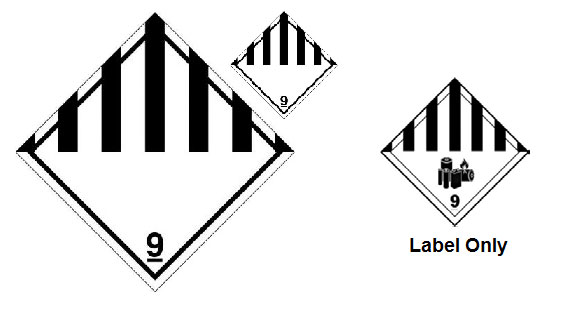

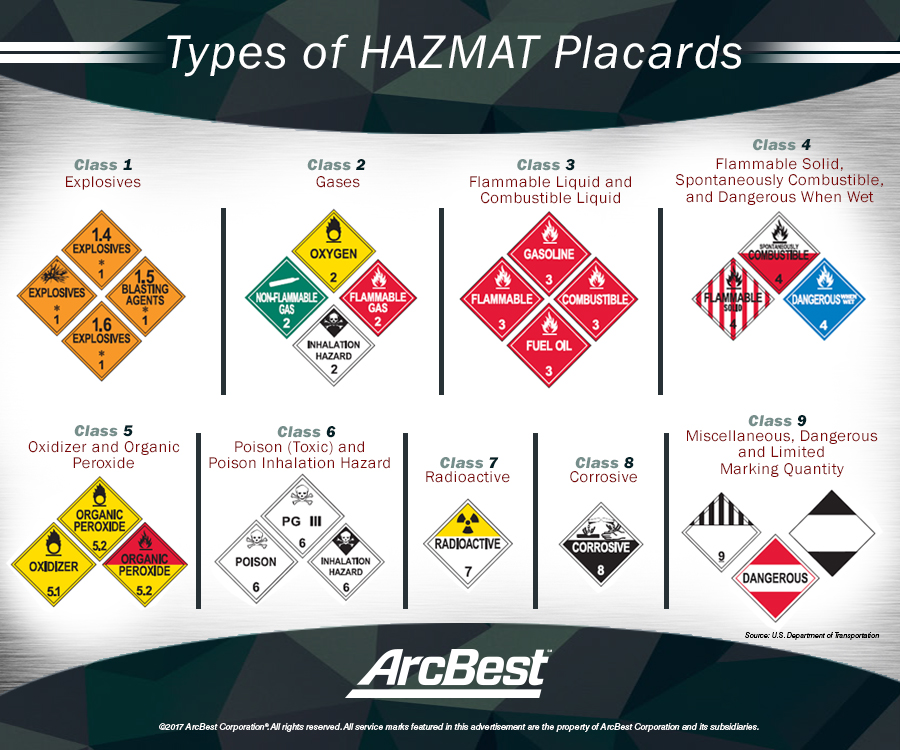
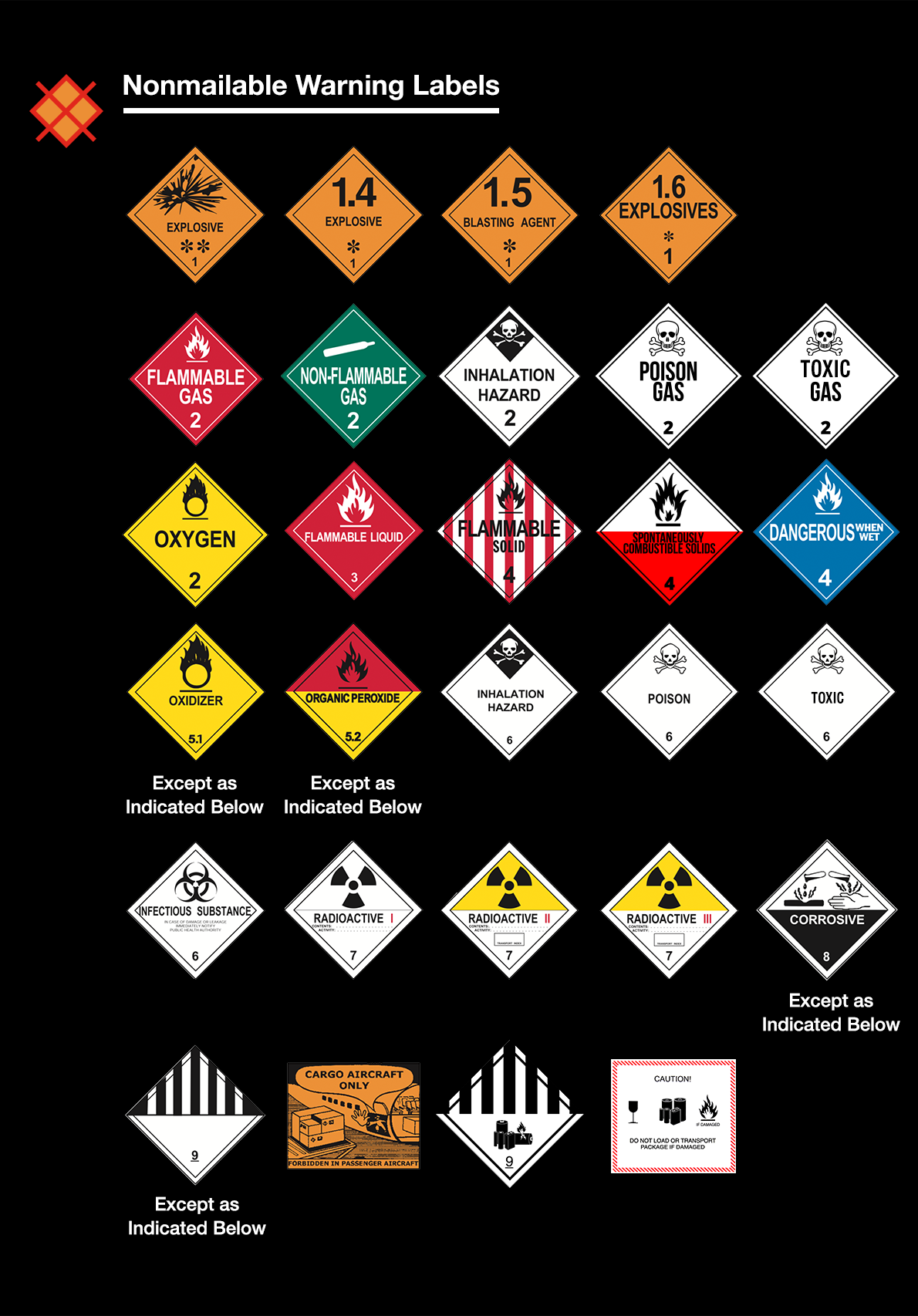


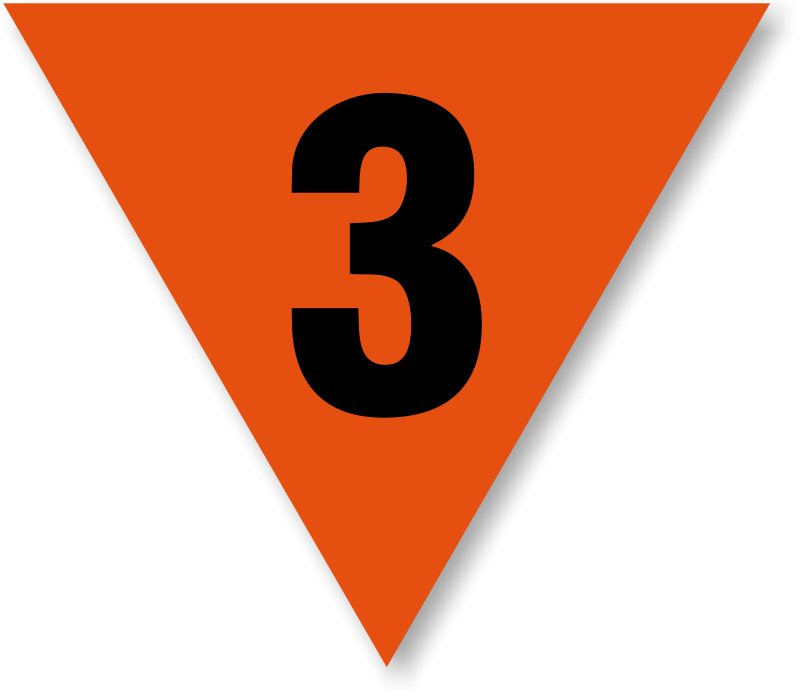
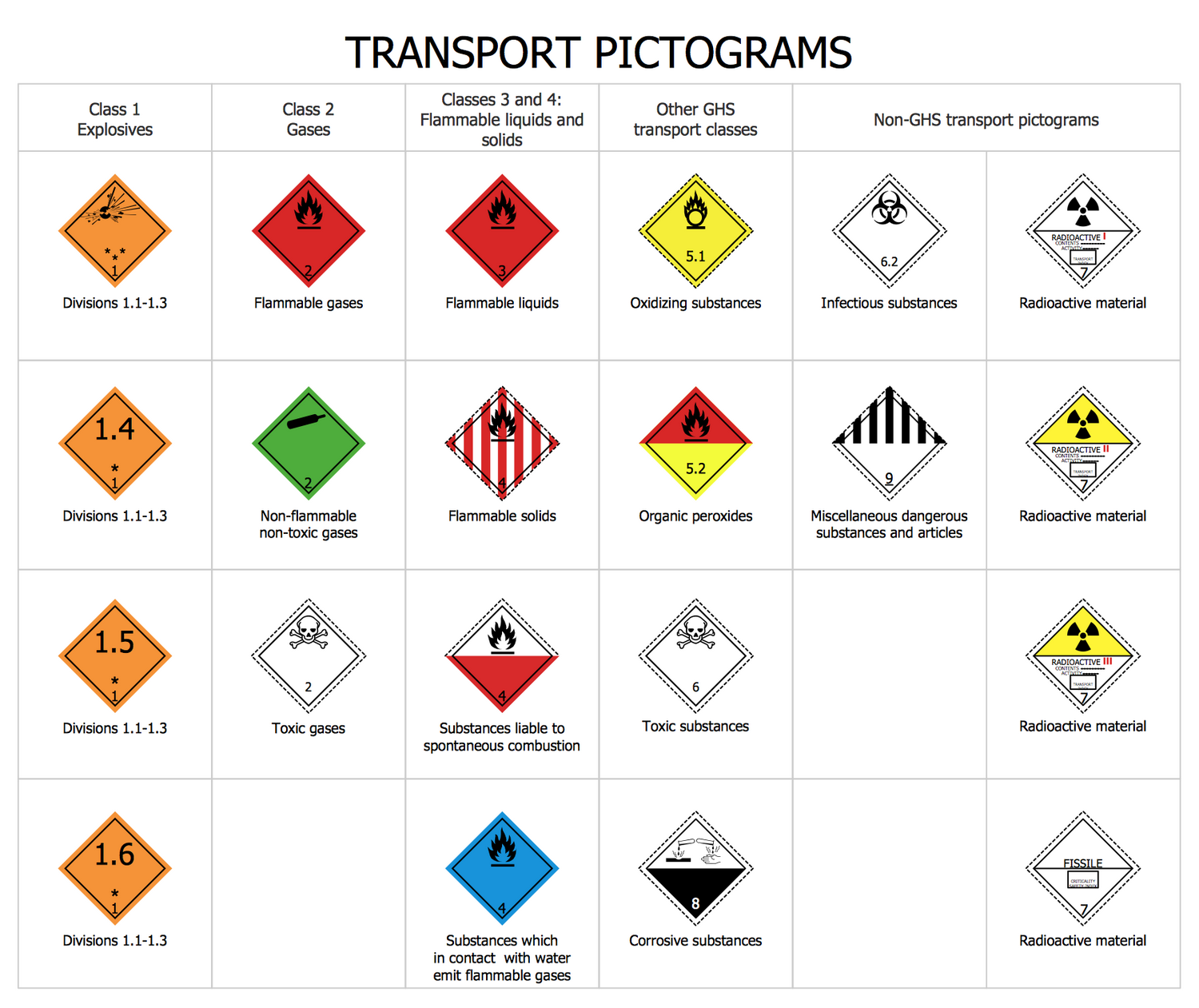
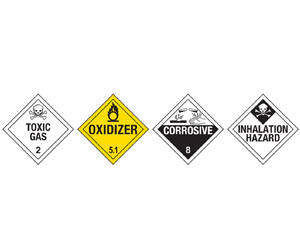
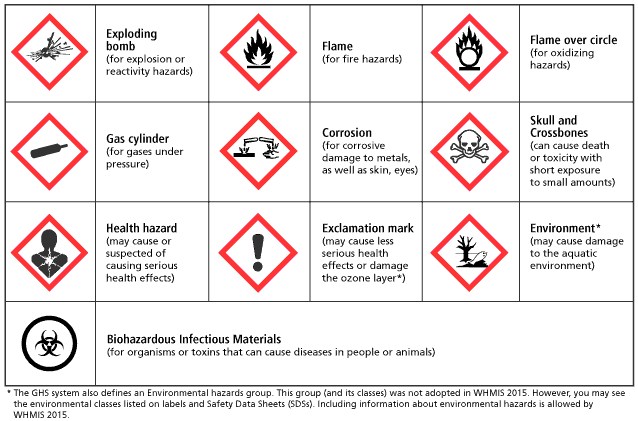
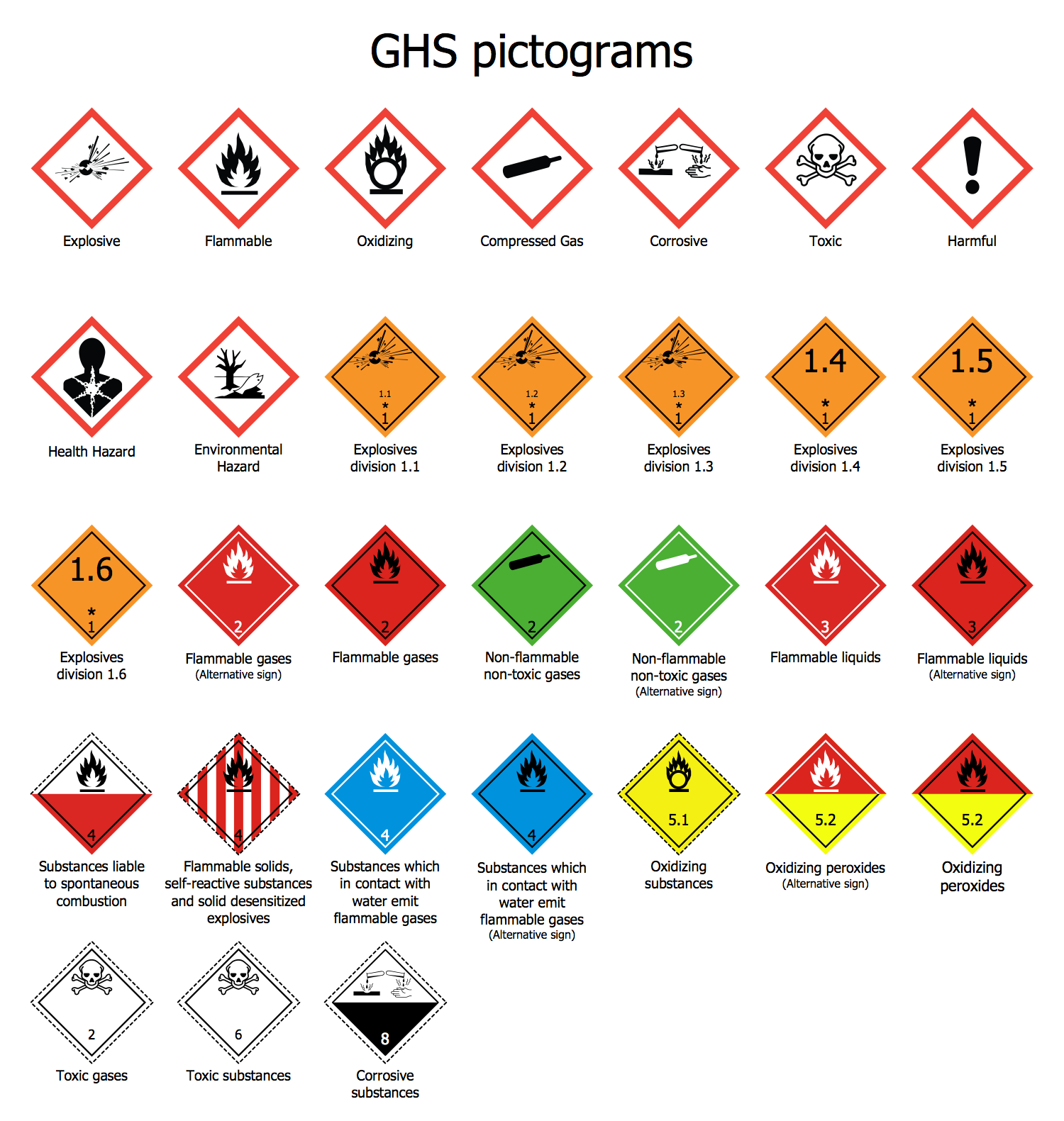

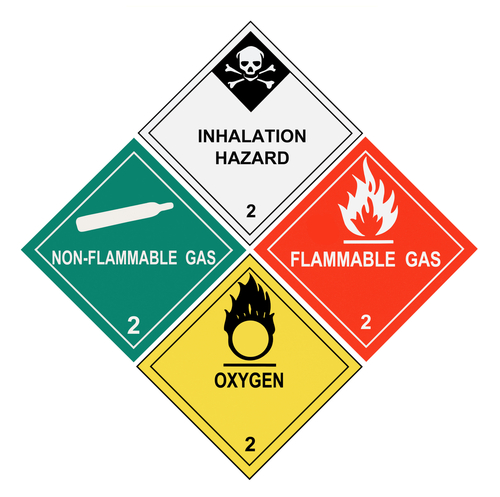

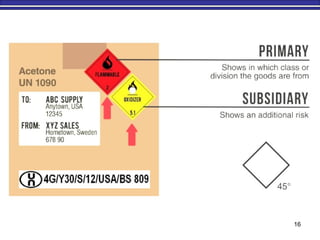

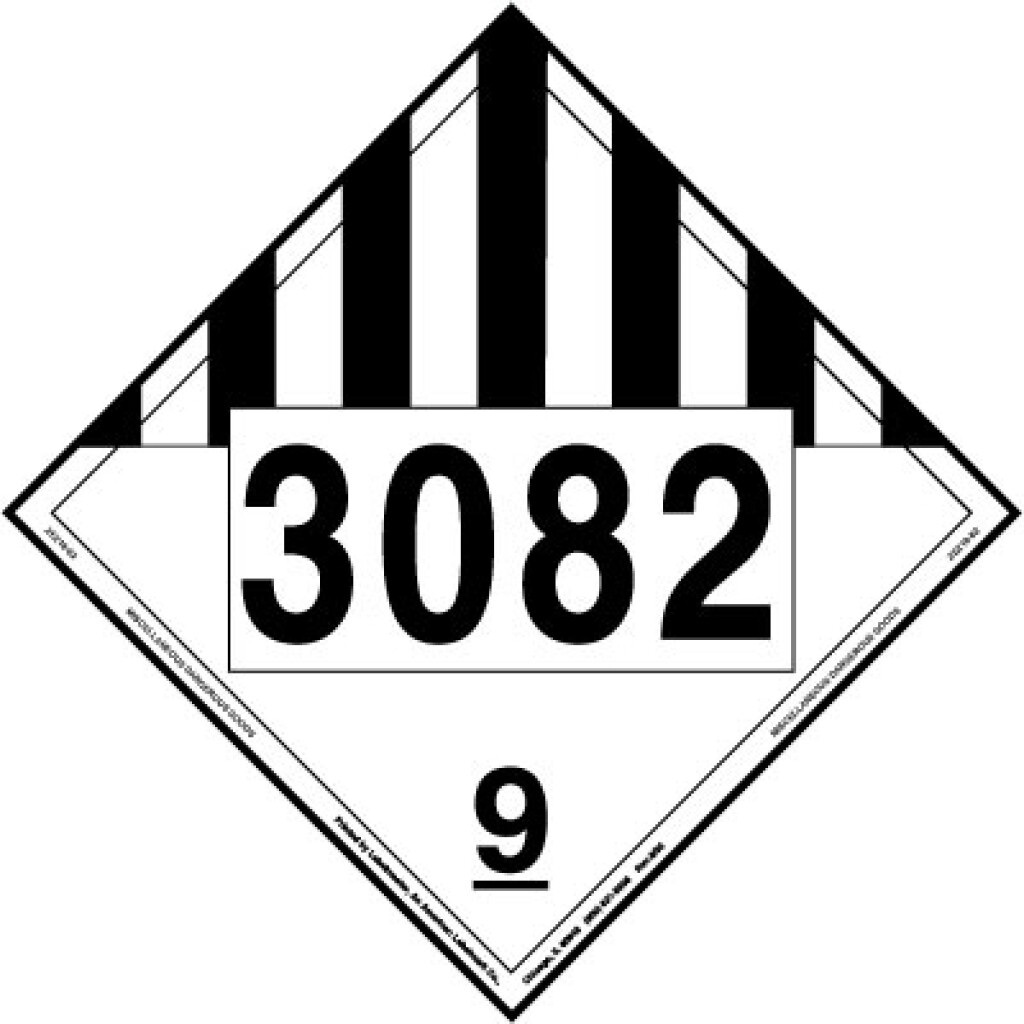

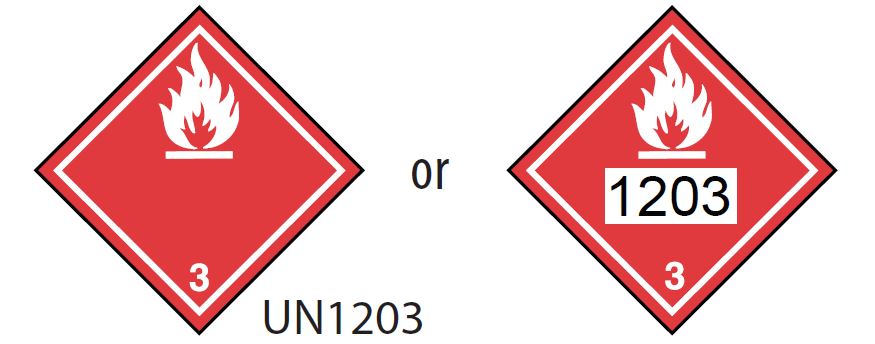

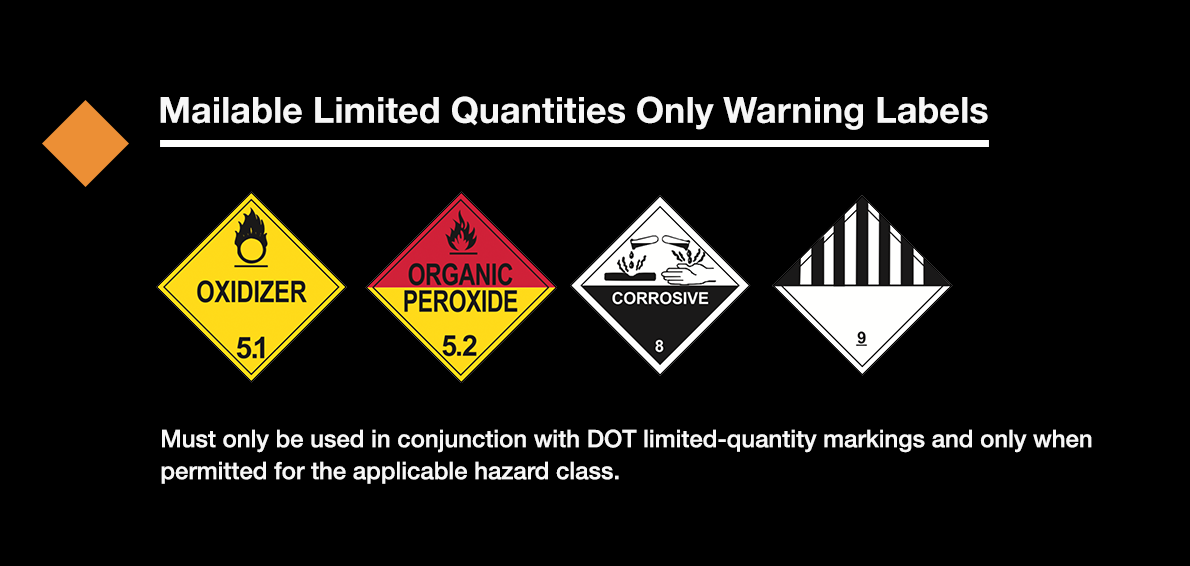
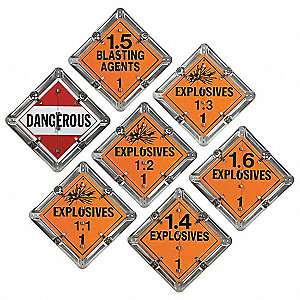

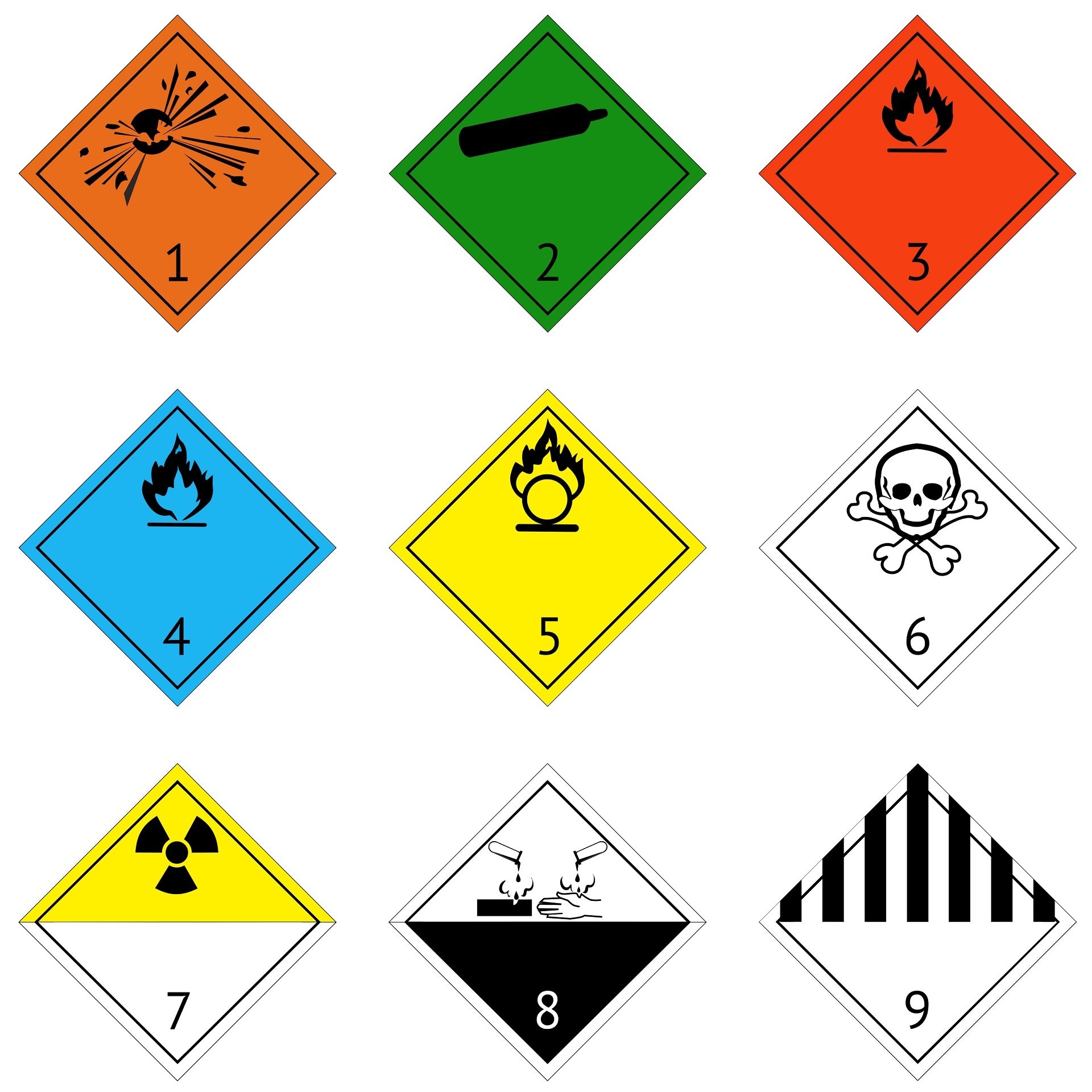

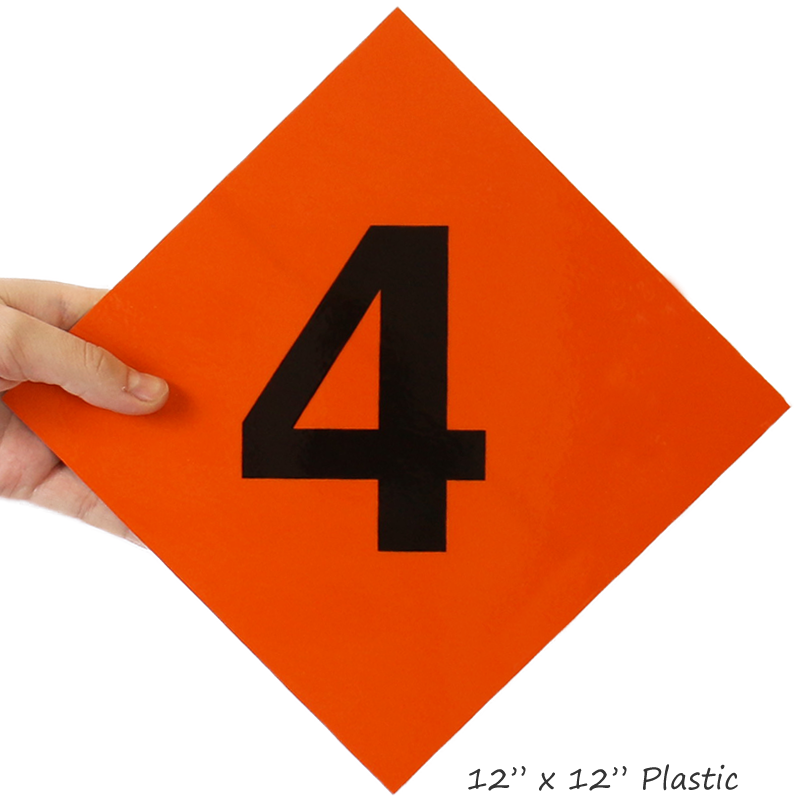

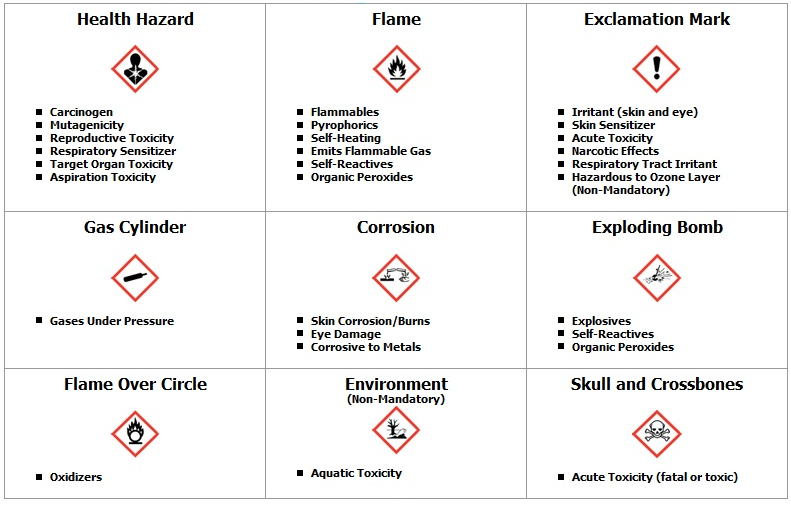
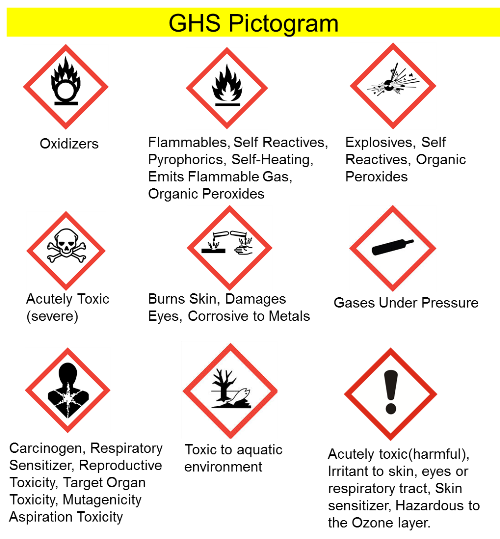


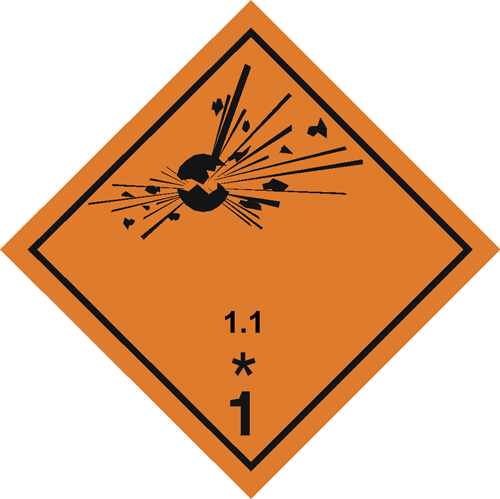
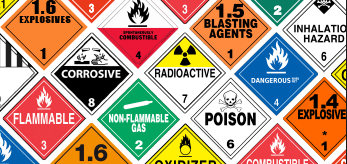


Post a Comment for "41 the class or division hazard labels indicate"